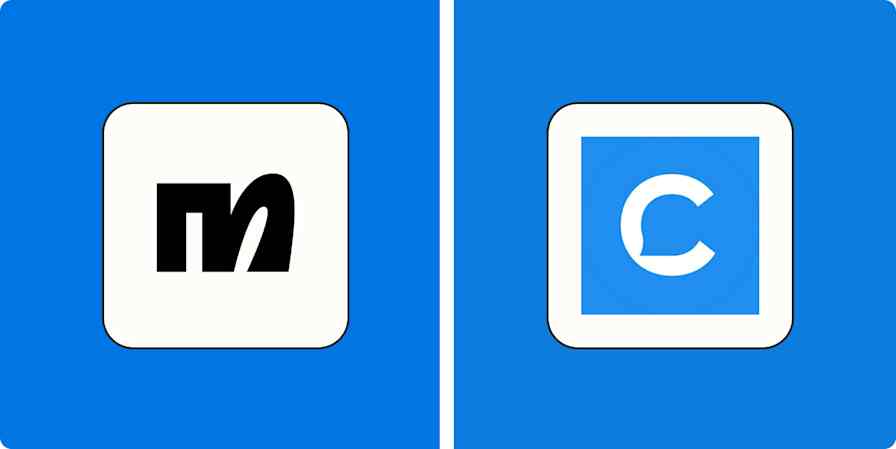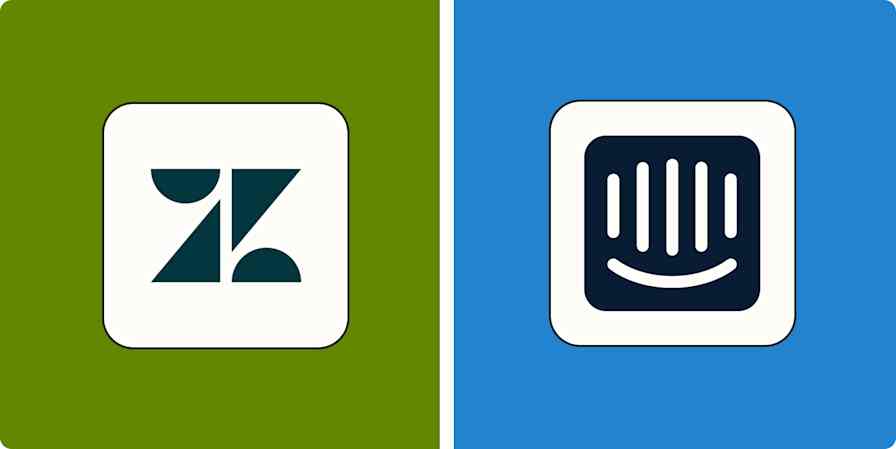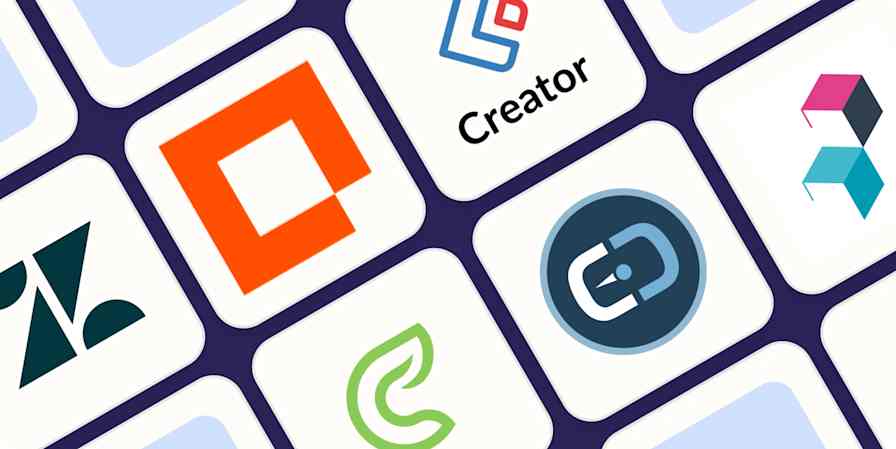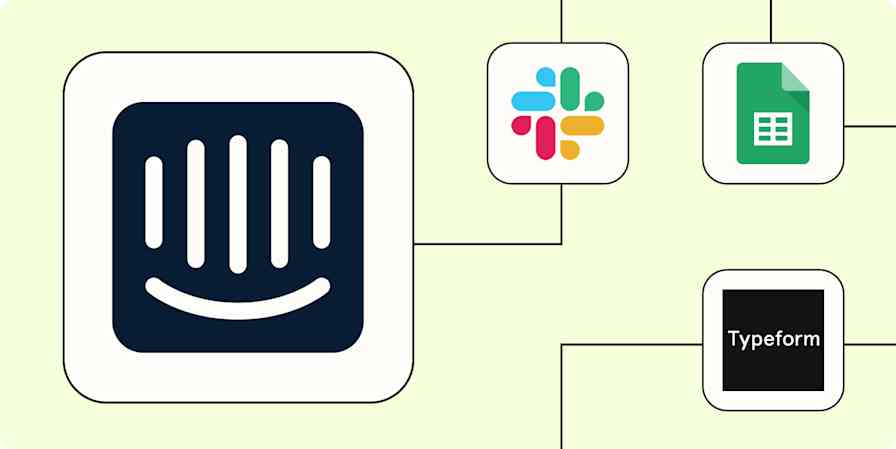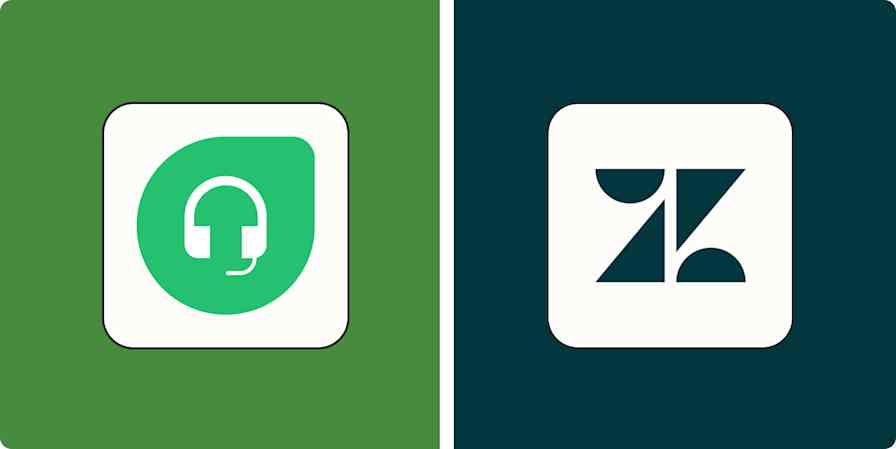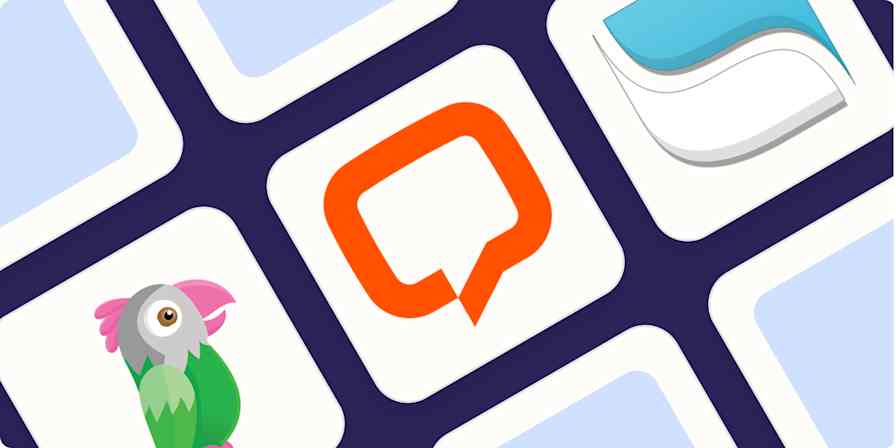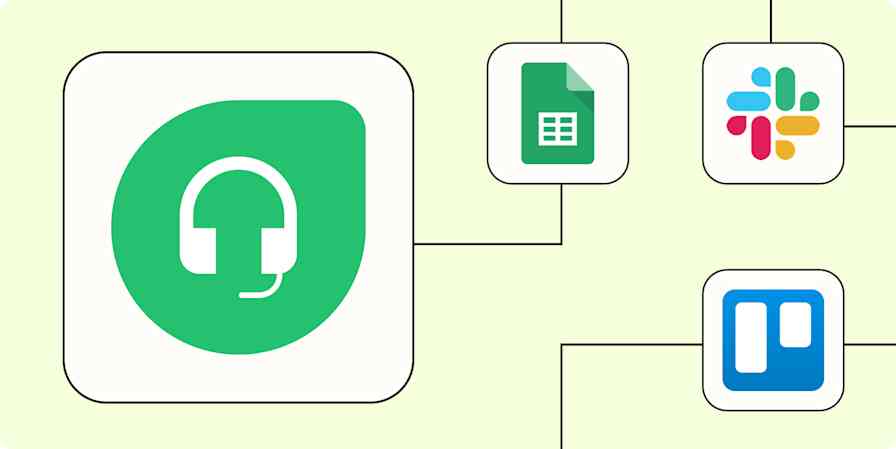Automation inspiration
4 min readImprove your customer feedback loops with automation
Listen to your customers at every stage of their journey
By Krystina Martinez · May 27, 2021

Get productivity tips delivered straight to your inbox
We’ll email you 1-3 times per week—and never share your information.
Related articles
Improve your productivity automatically. Use Zapier to get your apps working together.

